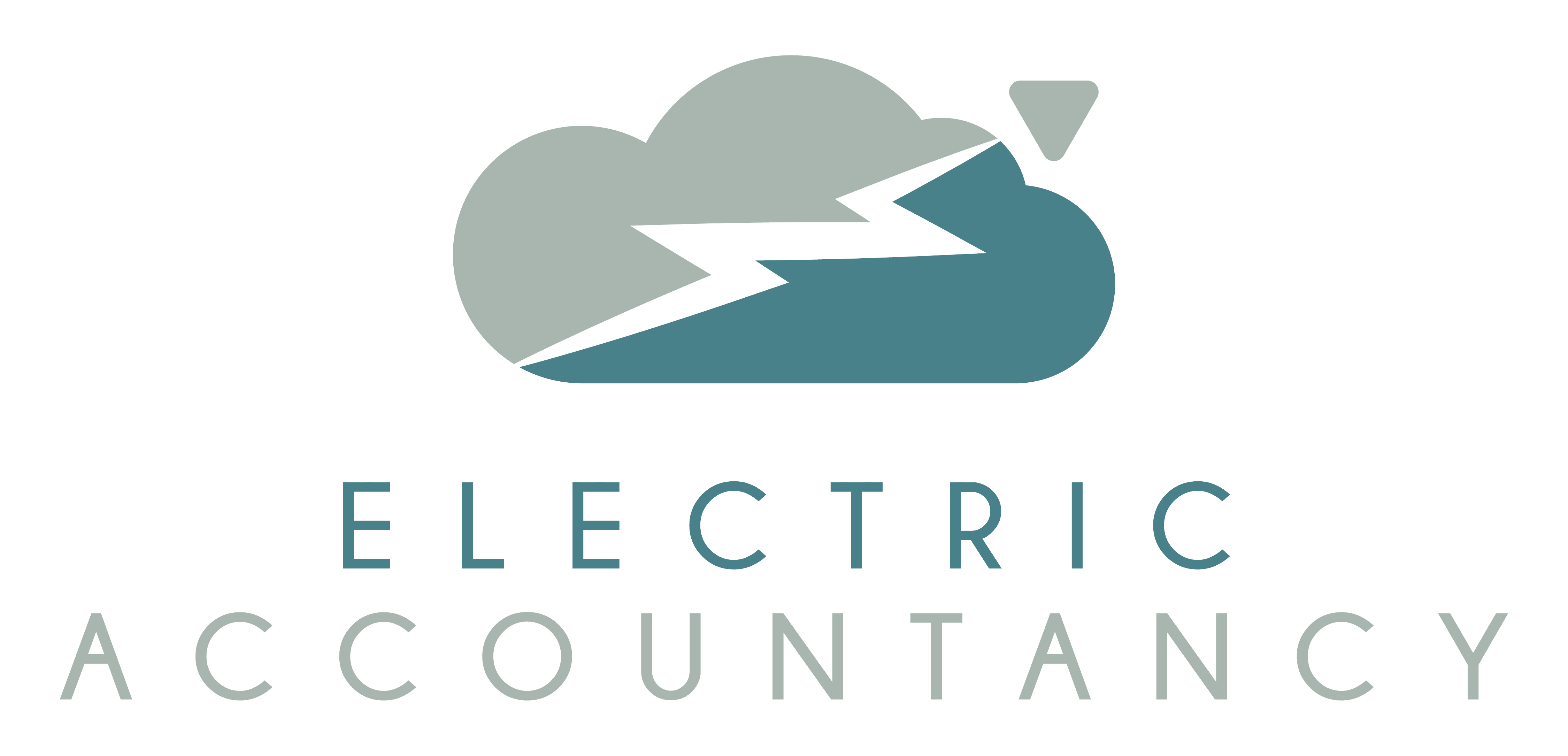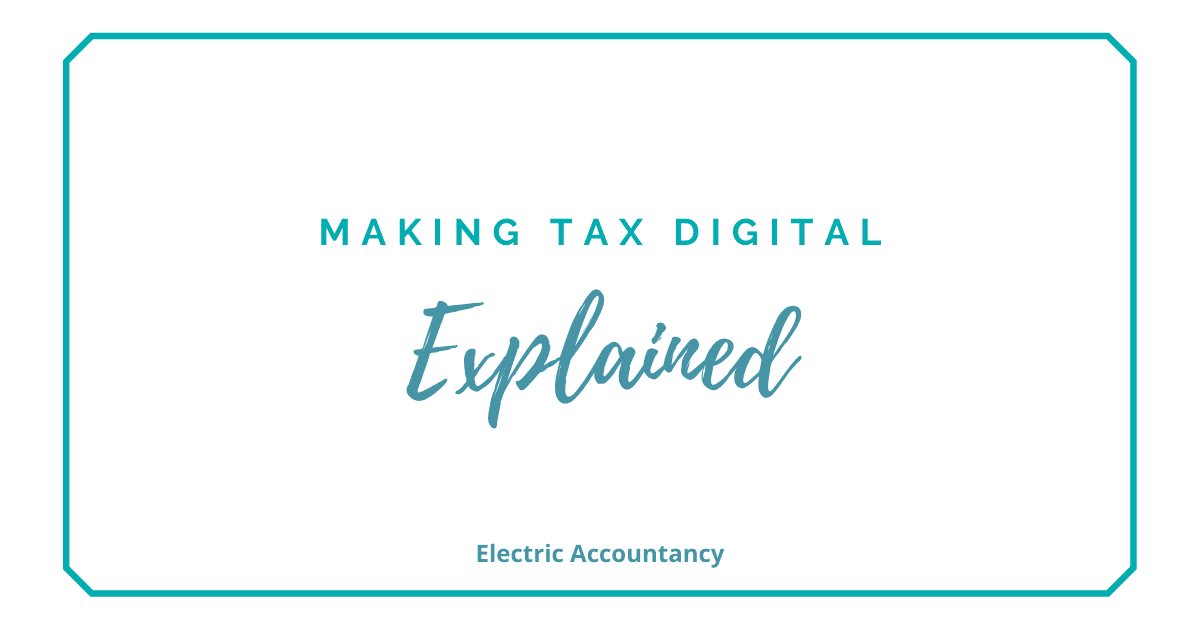Many businesses mistakenly believe that Making Tax Digital is just for some VAT-registered businesses. However, the MTD scheme is being expanded and will soon be compulsory for many other businesses, including:
👉 All VAT-registered businesses
👉 Millions of self-employed people
👉 Many people that receive rental income.
The move to Making Tax Digital will be a huge change for many people, and we recommend that all business owners check out the rules and the timescales and prepare for the changes well in advance.
This quick guide briefly explains what Making Tax Digital means and when it starts for different types of businesses.
What is Making Tax Digital?
The Government wants to have one of the most digitally advanced tax administrations in the world. Making Tax Digital is the name of a new UK tax administration system.
The Making Tax Digital scheme is designed to be:
-
more effective and more efficient
-
easier for taxpayers to get their tax right
Ultimately the Government wants to digitalise the process of tax administration in order to reduce the mistakes on tax returns that result in people paying less tax than they should.
HMRC has said that about £12bn of Income Tax, National Insurance Contributions and Capital Gains Tax is lost a year and MTD is designed to close this gap.
What are the Making Tax Digital rules?
Making Tax Digital means keeping digital records of transactions and using Government approved software to send digital records and tax returns directly to HMRC. The aim is to improve the accuracy of the information and reduce the mistakes made on tax returns.
It’s important to realise that under the Making Tax Digital rules, paper records will no longer meet the requirements of the tax legislation.
Can I Opt out of Making Tax Digital?
Eventually everyone that needs to submit a tax return will have to do this via the Making Tax Digital scheme, unless eligible for an exemption.
If you are unable to use the digital record keeping or digital filing elements of MTD you may be able to get an exemption from HMRC, e.g. if you can’t follow the MTD rules due to age, location or religion.
What is Making Tax Digital for VAT?
Since April 2019, VAT-registered businesses with a taxable turnover above the VAT threshold of £85,000 have been required to follow the Making Tax Digital rules. This means keeping digital records and using software to submit the VAT returns.
Currently, VAT-registered businesses with a taxable turnover below the VAT threshold of £85,000 do not have to submit VAT returns via the Making Tax Digital system.
However, businesses under the VAT threshold will have to start following the Making Tax digital rules for their first return starting on or after April 2022. These businesses can voluntarily join the Making Tax Digital service before this date if they wish.
What is Making Tax Digital for Income Tax?
Self-employed businesses and landlords/ladies with annual income above £10,000 will need to follow the rules for MTD for Income Tax from their next accounting period starting on or after 6 April 2024. MTD for general partnerships is set to launch 6 April 2025 (these new dates, which are later than originally planned, were announced Sept 2021).
The Self Assessment tax return will be replaced with FIVE new reporting obligations, with the first tax return due in the fourth month of the accounting period, and then every 3 months thereafter. A final declaration is then submitted at the end of the accounting period – this replaces the Self Assessment tax return.
This shift to quarterly reporting will be a major change for businesses and we recommend that businesses prepare for this well in advance. If you are a self-employed business or landlord you can sign up to the MTD pilot scheme and start following the rules now.
What is Making Tax Digital for Corporation Tax?
Businesses will have an opportunity to take part in a pilot for Making Tax Digital for Corporation Tax from April 2024, but its use is unlikely to be compulsory before 2026.
The government has published a consultation on the future design of Making Tax Digital for Corporation Tax.
What does Making Tax Digital Involve?
-
Delegate your record-keeping and tax filing to an accountant that is knowledgeable about the Making Tax Digital requirements and they’ll do everything for you.
Or
-
Understand the timescales and get ready well in advance
-
Start keeping digital business records. This means using cloud accounting software such as Quickbooks, Xero, FreeAgent, or a spreadsheet like excel.
-
Sign up to MTD. This is done through a Government Gateway account. Apply for one online if you don’t already have an account: https://www.gov.uk/log-in-register-hmrc-online-services/register
-
Make sure you have access to approved software or bridging software to file the tax returns.
-
Approved MTD Software: For VAT, cloud accountancy software such as Quickbooks, Xero and FreeAgent will let you prepare the VAT returns and submit them directly to HMRC from within the software package. They provide an ‘all in one’ solution. It is expected that the same will be true for MTD for Income Tax.
-
MTD Bridging software: If you don’t have access to accountancy software or chose to keep your digital records another way, e.g. via a spreadsheet, then there are HMRC-approved third parties that allow you to file your returns via bridging software. This software links the business records to HMRC’s systems in a MTD-compatible way.
What does digital record keeping mean?
Under the rules for MTD for VAT, businesses need keep the following records digitally:
-
Business name, address and VAT registration number
-
VAT accounting schemes in use
-
VAT on goods and services you supply, for example everything you sell, lease, transfer or hire out (supplies made)
-
VAT on goods and services you receive, for example everything you buy, lease, rent or hire (supplies received)
-
Any adjustments you make to a return
-
The ‘time of supply’ and ‘value of supply’ (value excluding VAT) for everything you buy and sell
-
The rate of VAT charged on goods and services you supply
-
Reverse charge transactions – where you record the VAT on both the sale price and the purchase price of goods and services you buy
-
Total daily gross takings if you use a retail scheme
-
Items you can reclaim VAT on if you use the Flat Rate Scheme
-
Total sales, and the VAT on those sales, if you trade in gold and use the Gold Accounting Scheme
Digital record keeping for Income Tax means keeping digital records of all your business income and expenses.
You should start to keep digital records at the start of the accounting period you are signing up for. You’ll need to do this for the whole of the accounting period.
How do I find Making Tax Digital Software Providers?
Here’s an HMRC search tool that lets you find approved software providers for MTD for VAT: https://www.tax.service.gov.uk/making-tax-digital-software

